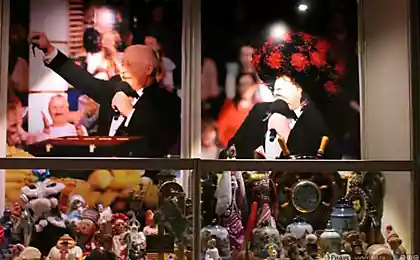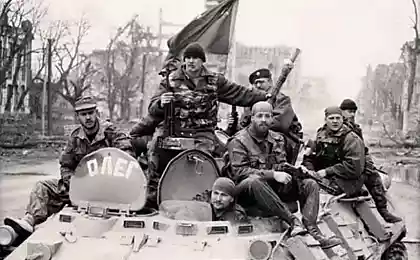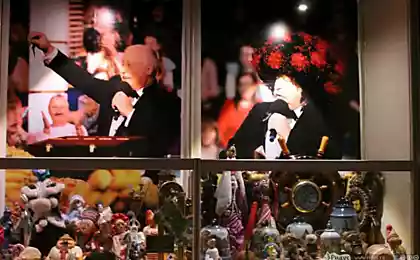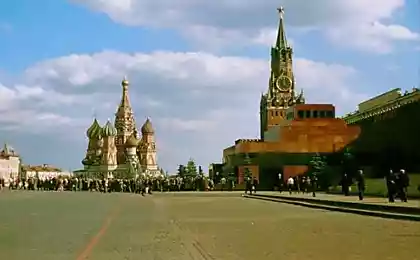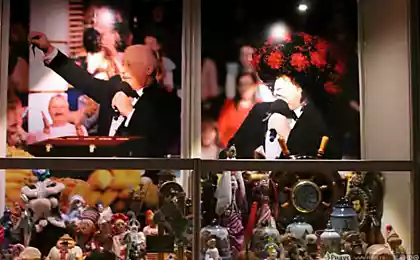6750
7 Wonders of the USSR abandoned
Balaklava, Crimea, Ukraine
Secret submarine base in a small Crimean town of Balaklava - one of the largest military installations were left after the collapse of the USSR. Since 1961, under the mountain Tavros has a complex where he kept ammunition (including nuclear) and was repaired submarines. In the dock base could hide up to 14 submarines of different classes, and the entire complex was able to withstand a direct hit of a nuclear bomb capacity of up to 100 kT. Abandoned in 1993, the facility was carried off to scrap the locals and only in 2002 on the remains of the submarine base was organized by the museum complex.

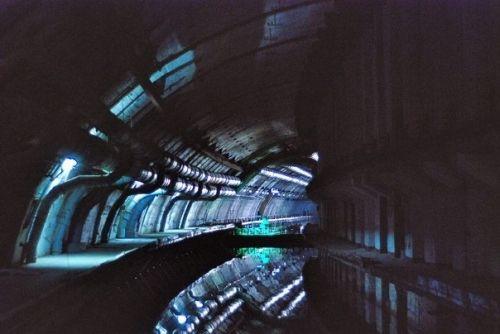
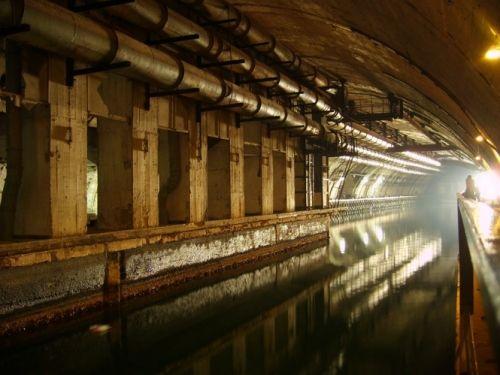
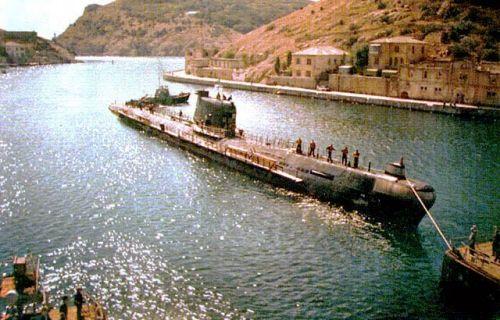
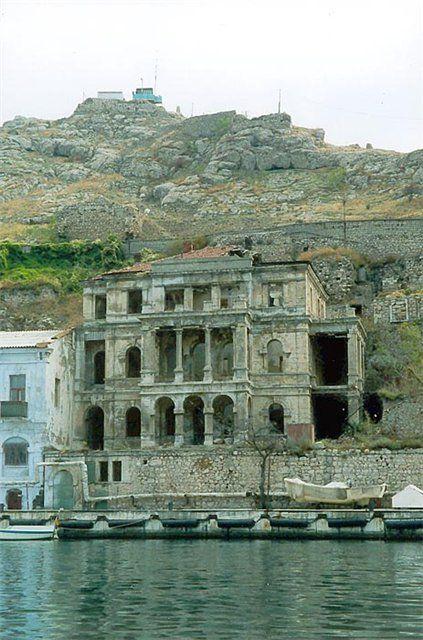
Abandoned missile silos, Kekava, Latvia After the collapse of the empire of the young republic inherited a lot of military equipment, including scattered forest silos ballistic missiles. Not far from the capital of Latvia are the remains of the missile complex "Dvina". Built in 1964, the facility consisted of 4 silos depth of about 35 meters and underground bunkers. A significant part of the premises is currently flooded, and a visit to the launcher without an experienced guide is not recommended. Are also dangerous and toxic rocket fuel residues.
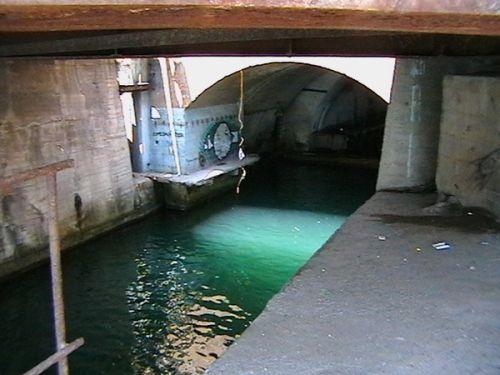
Giant excavators, Moscow Region Until 1993 Lopatinsky phosphorite mine was quite successful existing fields, which produces need for Soviet agriculture resources. And with the advent of the market economy abandoned quarry with giant excavator became a place of pilgrimage for tourists. On a visit to hurry, huge mechanical dinosaurs gradually dismantled for scrap. But even after the dismantling of the latest technology Lopatinskii career due to alien landscapes remain very remarkable place. And by the way, here you can still find fossils of ancient sea creatures.
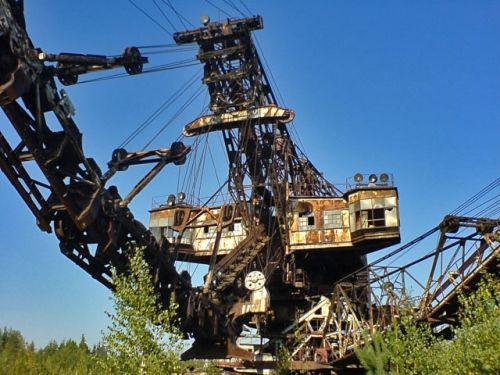

Doug horizon radar, Pripyat, Ukraine titanic structure built in 1985 to detect launches of intercontinental ballistic missiles, could operate successfully and to this day, but in fact has worked less than a year. Giant antenna height of 150 meters and a length of 800 consumes the amount of electricity that was built almost close to the Chernobyl nuclear power plant, and, of course, stopped their work together with the explosion of the station. Currently, the Pripyat and including the foot radar carry excursion but climb on the 150-meter run the risk of only a few.
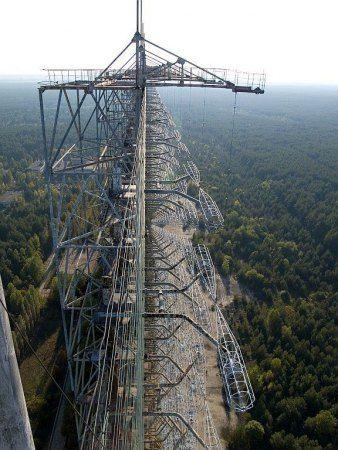

Marine City "Oil Rocks", Azerbaijan Union needed oil and in the 40s of the last century in the Caspian Sea 42 kilometers east of the Apsheron Peninsula began its sea mining. And around the first platforms started growing city, also located on the metal ramps and embankments. In the heyday of the open sea 110 km from Baku electric power stations, nine-storey building dormitories, hospitals, recreation center, hlebzavod and even lemonade shop. Was in oil and a small park with these trees. Oil Rocks - more than 200 fixed platforms, and the length of streets and lanes of the city to the sea reaches 350 kilometers. But cheap Siberian oil made marine mining unprofitable and settlement started to fall into disrepair. Today it is home to only about 2 thousand people.

Abandoned particle accelerator, the Moscow region in the late 80's agonizing Soviet Union decided to build a huge particle accelerator. Ring tunnel of 21 kilometers at a depth of 60 meters, and is now near Protvino near Moscow - city of nuclear physicists. It's less than a hundred kilometers from Moscow to Simferopol highway. In the finished tunnel accelerator even began to import the equipment, but then came the series of political upheavals, and domestic "Hadron Collider" and left to rot under the ground.
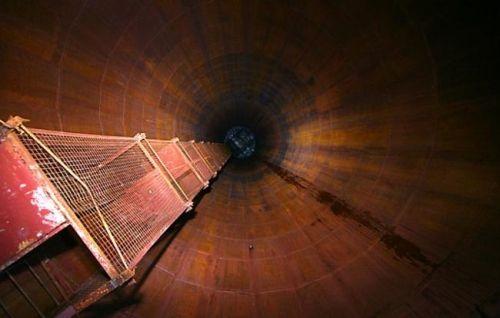
Station study the ionosphere, Serpents, Ukraine Almost before the collapse of the Soviet Union at Kharkov station was built ionospheric research, which is a direct analogue of the American HAARP project in Alaska, successfully operates today. Station complex consisted of several antenna fields and giant parabolic antenna with a diameter of 25 meters, capable of emitting power of about 25 MW. But the young Ukrainian state advanced and very expensive, scientific equipment was useless, and once secret station is now only interested stalkers and hunters non-ferrous metals. And of course, tourists.

via Source
Secret submarine base in a small Crimean town of Balaklava - one of the largest military installations were left after the collapse of the USSR. Since 1961, under the mountain Tavros has a complex where he kept ammunition (including nuclear) and was repaired submarines. In the dock base could hide up to 14 submarines of different classes, and the entire complex was able to withstand a direct hit of a nuclear bomb capacity of up to 100 kT. Abandoned in 1993, the facility was carried off to scrap the locals and only in 2002 on the remains of the submarine base was organized by the museum complex.





Abandoned missile silos, Kekava, Latvia After the collapse of the empire of the young republic inherited a lot of military equipment, including scattered forest silos ballistic missiles. Not far from the capital of Latvia are the remains of the missile complex "Dvina". Built in 1964, the facility consisted of 4 silos depth of about 35 meters and underground bunkers. A significant part of the premises is currently flooded, and a visit to the launcher without an experienced guide is not recommended. Are also dangerous and toxic rocket fuel residues.

Giant excavators, Moscow Region Until 1993 Lopatinsky phosphorite mine was quite successful existing fields, which produces need for Soviet agriculture resources. And with the advent of the market economy abandoned quarry with giant excavator became a place of pilgrimage for tourists. On a visit to hurry, huge mechanical dinosaurs gradually dismantled for scrap. But even after the dismantling of the latest technology Lopatinskii career due to alien landscapes remain very remarkable place. And by the way, here you can still find fossils of ancient sea creatures.


Doug horizon radar, Pripyat, Ukraine titanic structure built in 1985 to detect launches of intercontinental ballistic missiles, could operate successfully and to this day, but in fact has worked less than a year. Giant antenna height of 150 meters and a length of 800 consumes the amount of electricity that was built almost close to the Chernobyl nuclear power plant, and, of course, stopped their work together with the explosion of the station. Currently, the Pripyat and including the foot radar carry excursion but climb on the 150-meter run the risk of only a few.


Marine City "Oil Rocks", Azerbaijan Union needed oil and in the 40s of the last century in the Caspian Sea 42 kilometers east of the Apsheron Peninsula began its sea mining. And around the first platforms started growing city, also located on the metal ramps and embankments. In the heyday of the open sea 110 km from Baku electric power stations, nine-storey building dormitories, hospitals, recreation center, hlebzavod and even lemonade shop. Was in oil and a small park with these trees. Oil Rocks - more than 200 fixed platforms, and the length of streets and lanes of the city to the sea reaches 350 kilometers. But cheap Siberian oil made marine mining unprofitable and settlement started to fall into disrepair. Today it is home to only about 2 thousand people.

Abandoned particle accelerator, the Moscow region in the late 80's agonizing Soviet Union decided to build a huge particle accelerator. Ring tunnel of 21 kilometers at a depth of 60 meters, and is now near Protvino near Moscow - city of nuclear physicists. It's less than a hundred kilometers from Moscow to Simferopol highway. In the finished tunnel accelerator even began to import the equipment, but then came the series of political upheavals, and domestic "Hadron Collider" and left to rot under the ground.

Station study the ionosphere, Serpents, Ukraine Almost before the collapse of the Soviet Union at Kharkov station was built ionospheric research, which is a direct analogue of the American HAARP project in Alaska, successfully operates today. Station complex consisted of several antenna fields and giant parabolic antenna with a diameter of 25 meters, capable of emitting power of about 25 MW. But the young Ukrainian state advanced and very expensive, scientific equipment was useless, and once secret station is now only interested stalkers and hunters non-ferrous metals. And of course, tourists.

via Source













